Materials that Shape our Lives
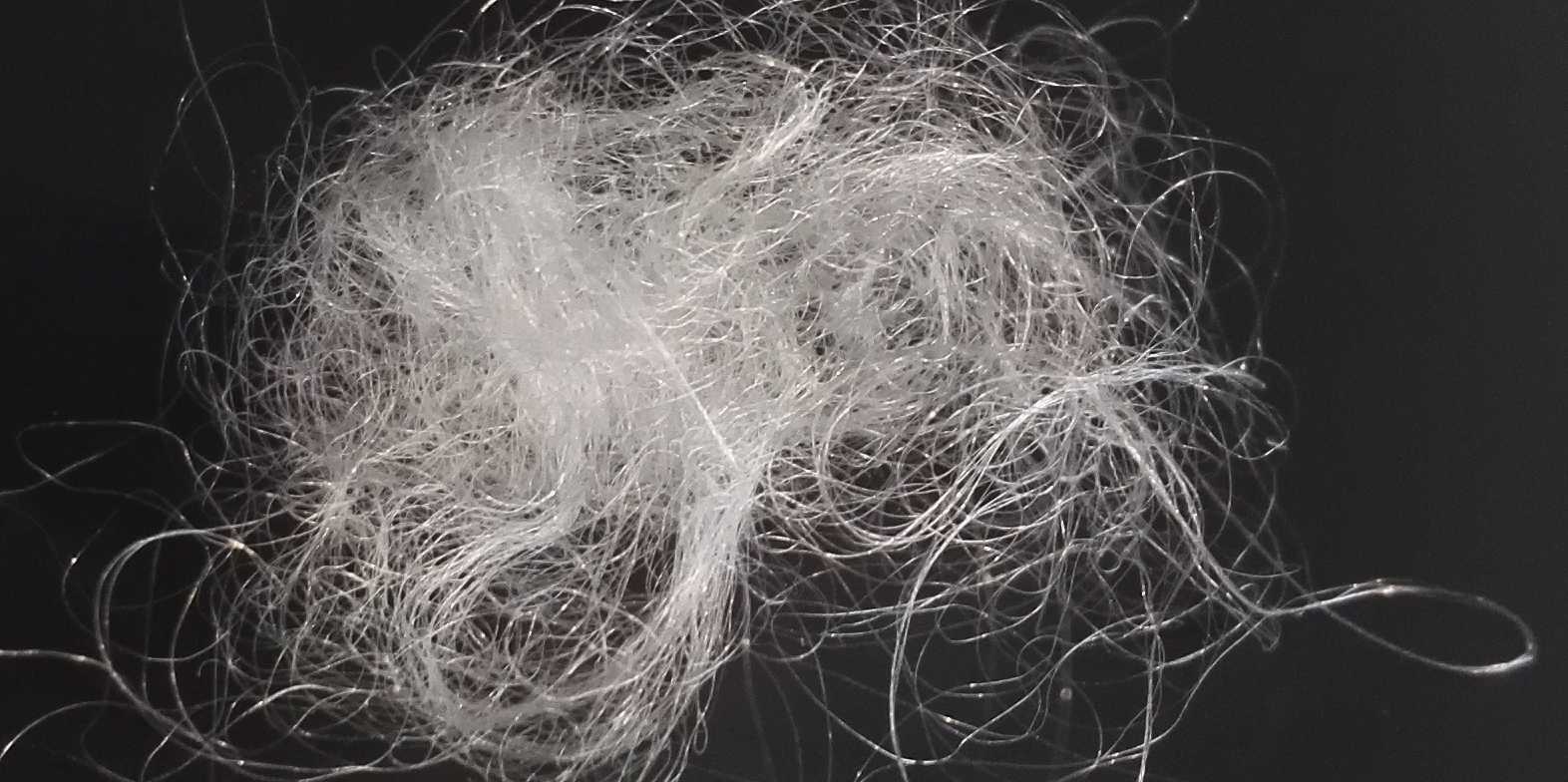
A Modern Tree
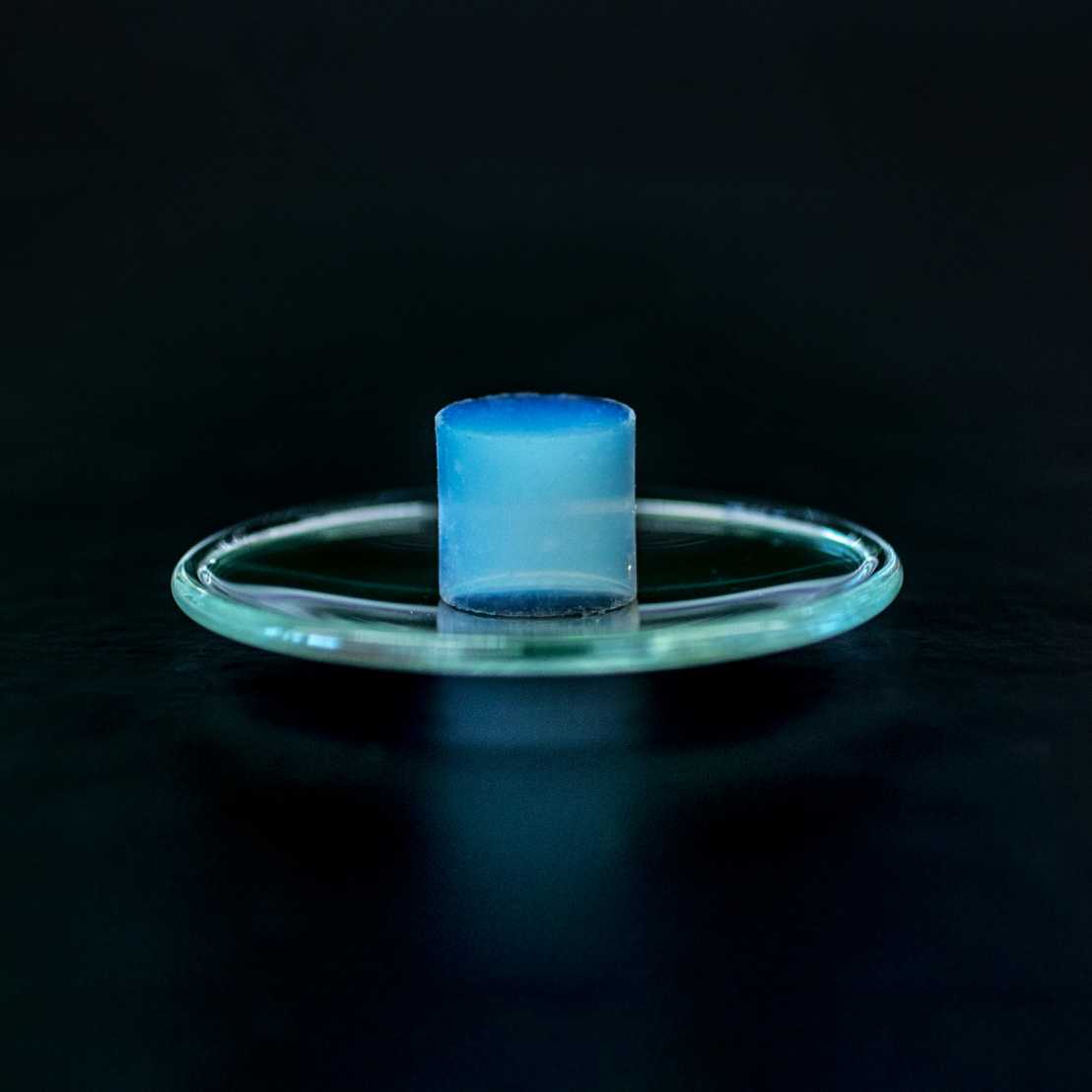
RETHINK a future in which artificial trees perform photosynthesis. ETH Zurich’s Laboratory for Multi-functional Materials fabricates aerogels – an ultralight and spongy material that enables artificial photosynthesis. Like in a tree, CO2 and water are converted into valuable energy carriers by using sunlight.
Big Bang in a Crystal
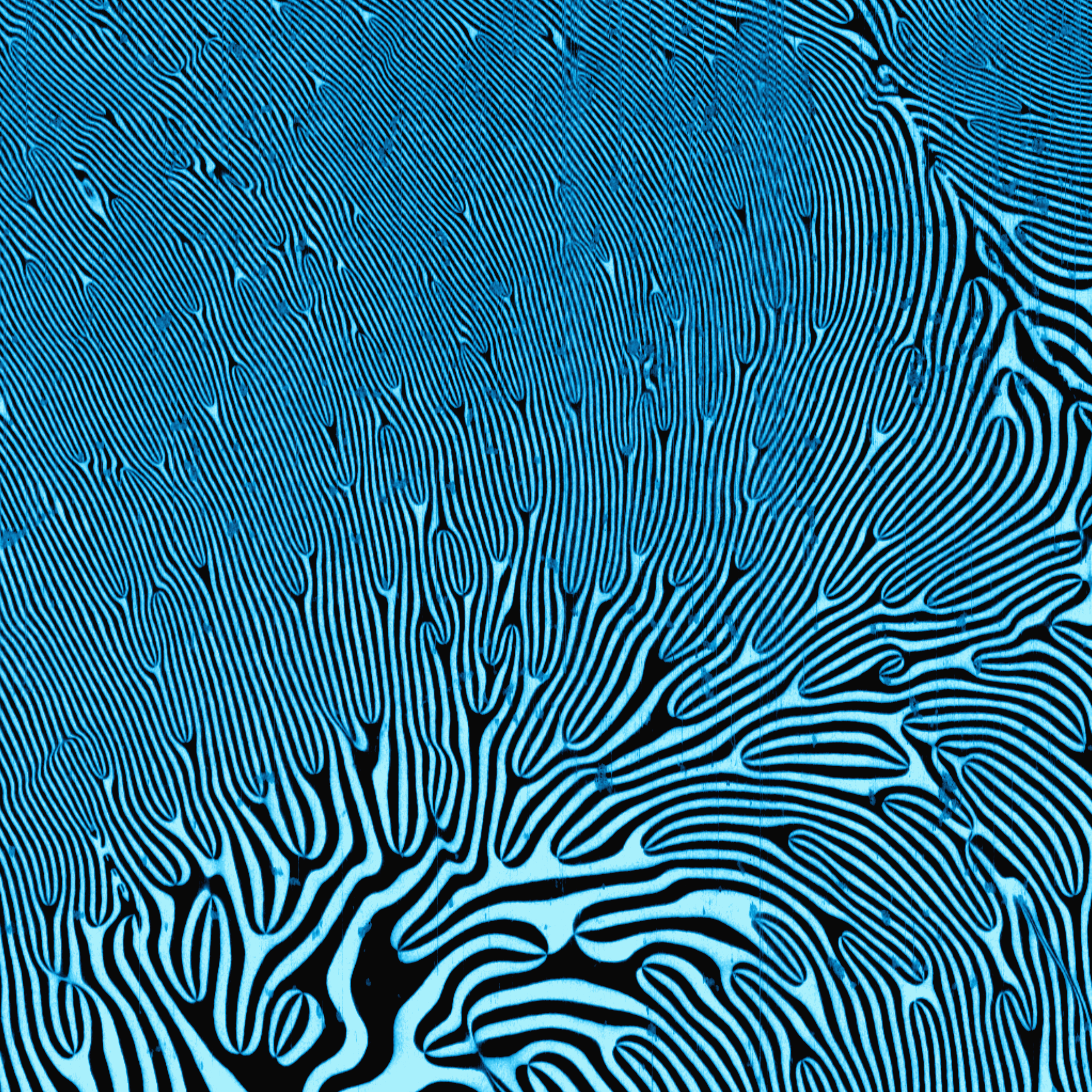
Multiferroics are a new type of material that combines magnetic and electrical properties in a unique way. The crystal materials can be useful for building electronic devices with ultra-low power consumption, but multiferroics can do much more. The pattern of electrical charges in ErMnO3 (see image below) simulates the processes that happened in the early universe right after the Big Bang. DownloadMore... (PDF, 302 KB)vertical_align_bottom
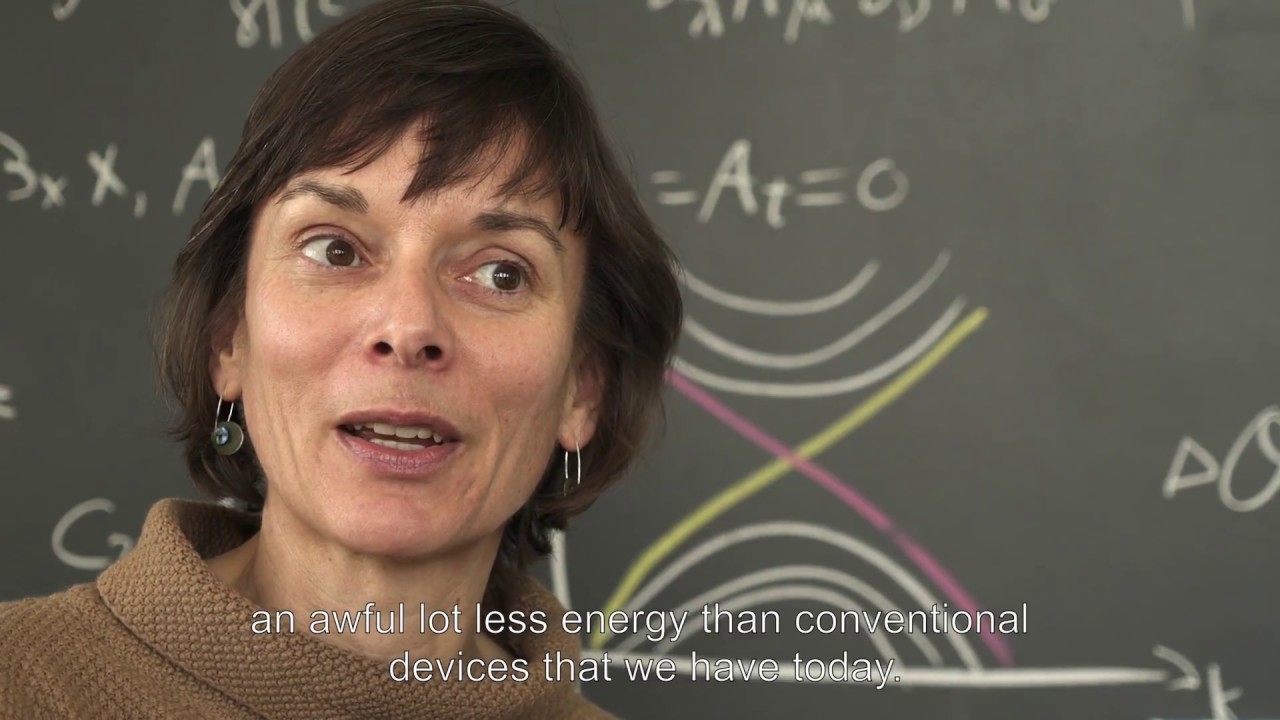
Every Designer's Dream

Dream it, print it! Using a patented manufacturing method, ETH spinoff, external pageSpectroplastcall_made takes industry standard silicone and 3D prints soft, flexible, and high precision products with zero waste. They envision producing medical implants, such as artificial heart valves at a higher quality and a fraction of the cost. DownloadMore... (PDF, 78 KB)vertical_align_bottom

Weakness Illuminated
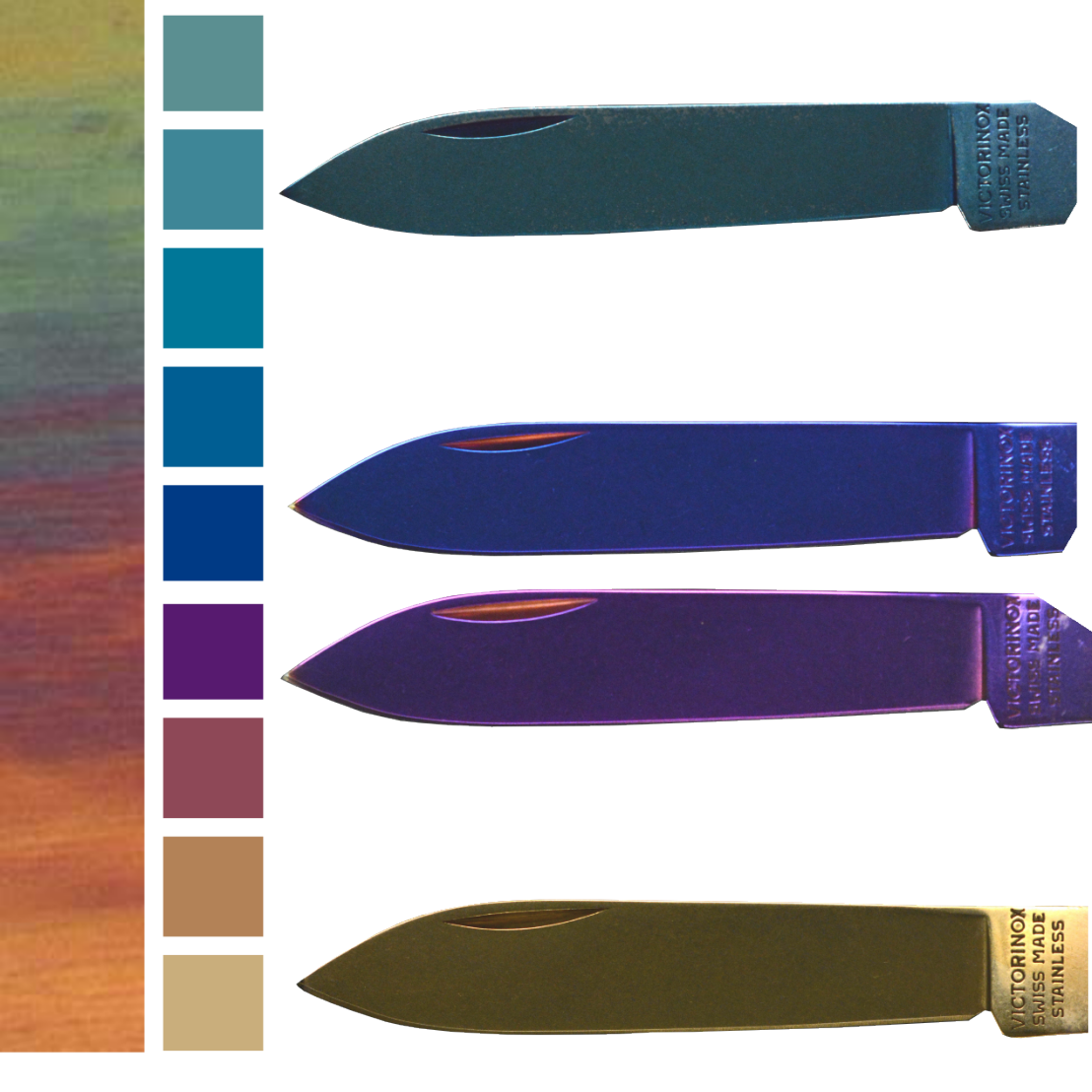
Coated with a solid-state optical sensor, these Swiss army blades track even the smallest changes with a change in colour. Simple visual inspection is sufficient to evaluate the wear and tear of the material or its exposure to certain temperatures. Colour sensors also make real-time tracking of airplane turbines or offshore wind farms possible. More...
Implant and Forget
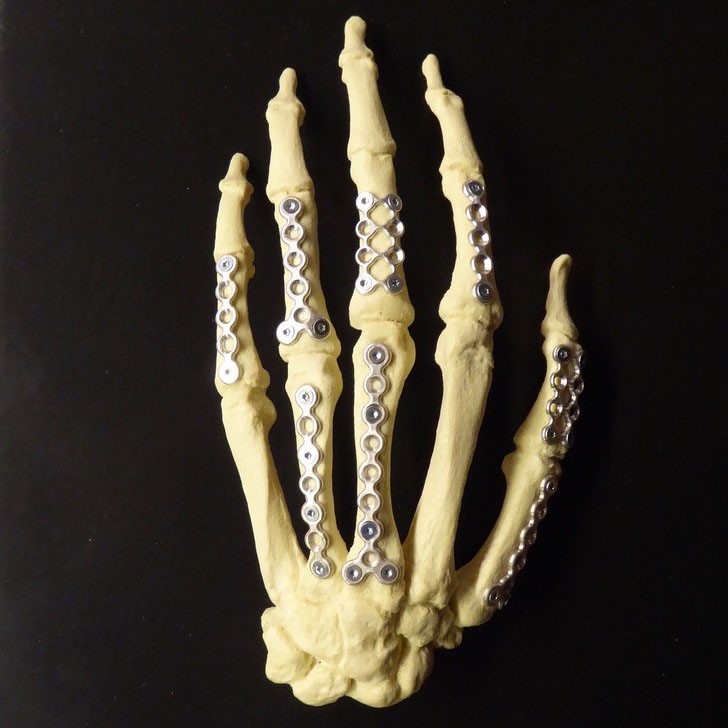
Bone implants, made of the world’s purest magnesium, will stimulate bone growth and then degrade in the human body after healing a fracture. The bone implant eliminates the need for a later removal surgery. ETH Zurich’s Laboratory of Metal Physics and Technology developed this material based on a magnesium distillation process and specific alloying with small quantities of likewise biocompatible elements - calcium and zinc. More...
Fly Ash Reborn
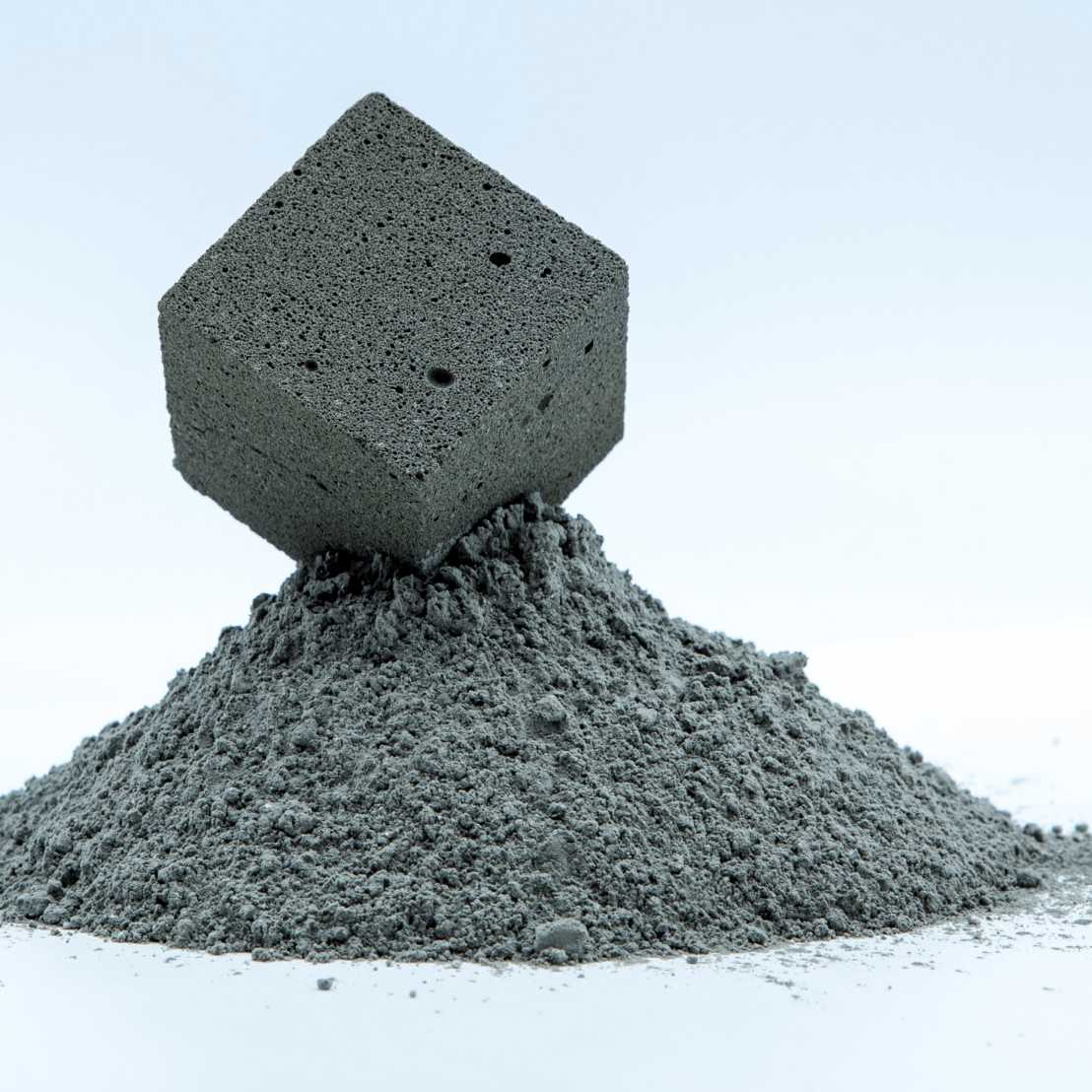
Abandoned industrial waste, such as fly ash can be recycled into a foam that combines excellent insulation performance with sustainability. The foam is intrinsically nonflammable and fully recyclable. This invention embraces the circular economy and advanced manufacturing technologies. It “rethinks” a future resource-effective building culture. DownloadMore... (PDF, 1 MB)vertical_align_bottom
Soft Chains
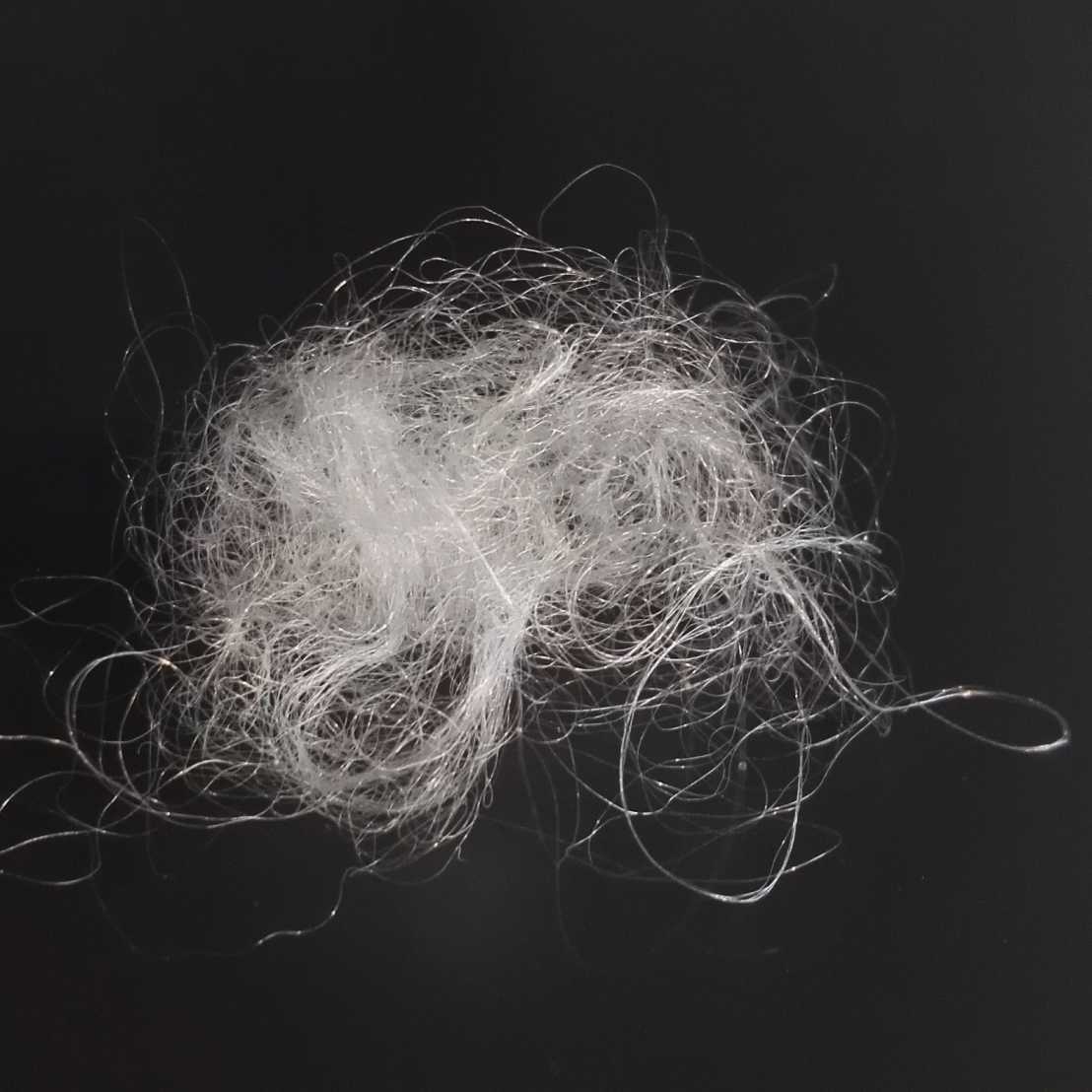
High-performance polyethylene (HPPE) fibres float in water, but are about three times stronger than steel. They play a key role in areas as diverse as ultra-bulletproof clothing to raising a sunken ferry from a delicate ecosystem off the coast of Italy.
Sprinting Magnetic Memory
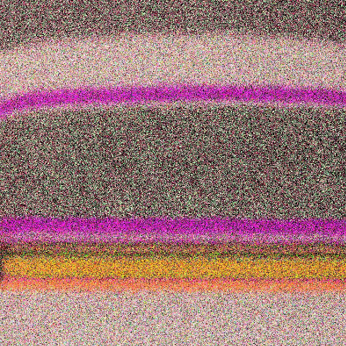
Nanometre-thin magnetic multilayers patterned on a silicon wafer combine the best of two worlds: non-volatile data storage and electronic speed. Magnetic random access memories (MRAMs) will deliver instant on-off computing, nanosecond read and write times, and reduced power consumption. Research in collaboration between imec Leuven and ETH Zurich. DownloadMore... (PDF, 345 KB)vertical_align_bottom
